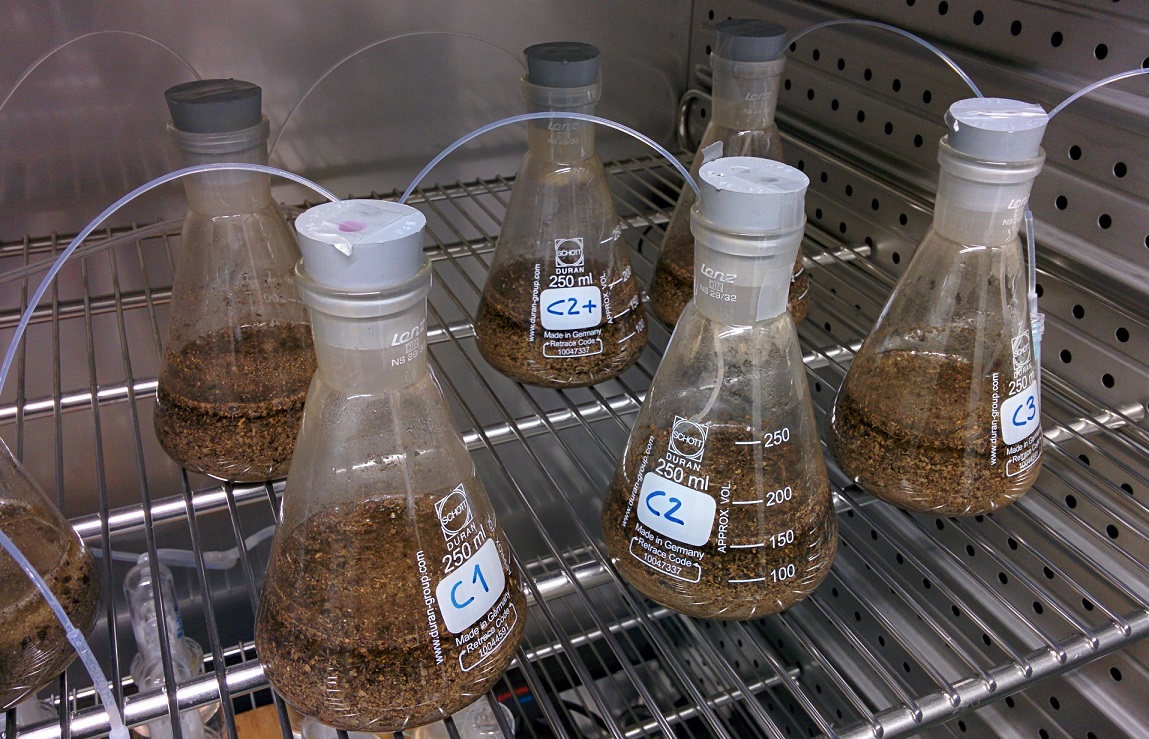Assessing the cascading effects of arsenic on the health of soils, plants, microorganisms and humans

Arsenic is a class 1 carcinogen and a ubiquitous and toxic element. Arsenic contamination has been called the worst environmental catastrophe in the world, with around 100 million people (1.35% of the world’s population) suffering from arsenic exposure primarily through drinking water and rice consumption. Therefore, arsenics was chosen as a one of the three common factor investigated in this Interfaculty Research Cooperation. The arsenic cluster will study the cascading health effects of arsenic from soils, to agricultural crops (maize) and finally humans (mice model), with a special focus on the role of the microbiome at the different levels. To cover the variety of environmental compartments and topics, an interdisciplinary team from the Institute of Geography, the Institute of Plant Science, the Institute of Infectious Disease and the Department for BioMedical Research will study the cascading multitrophic health effects of arsenic.
